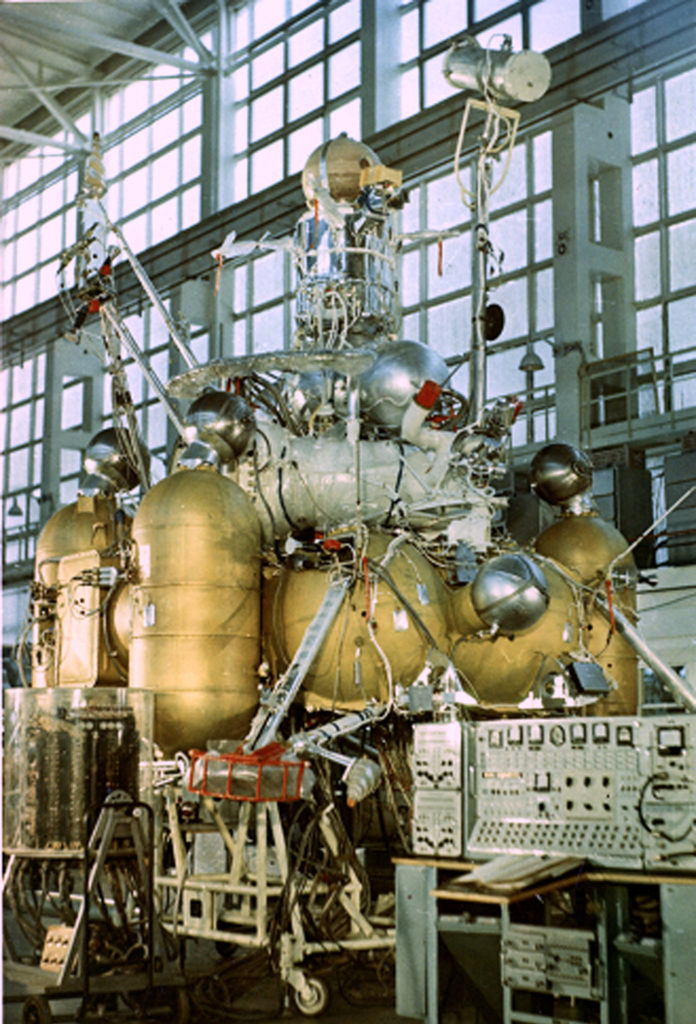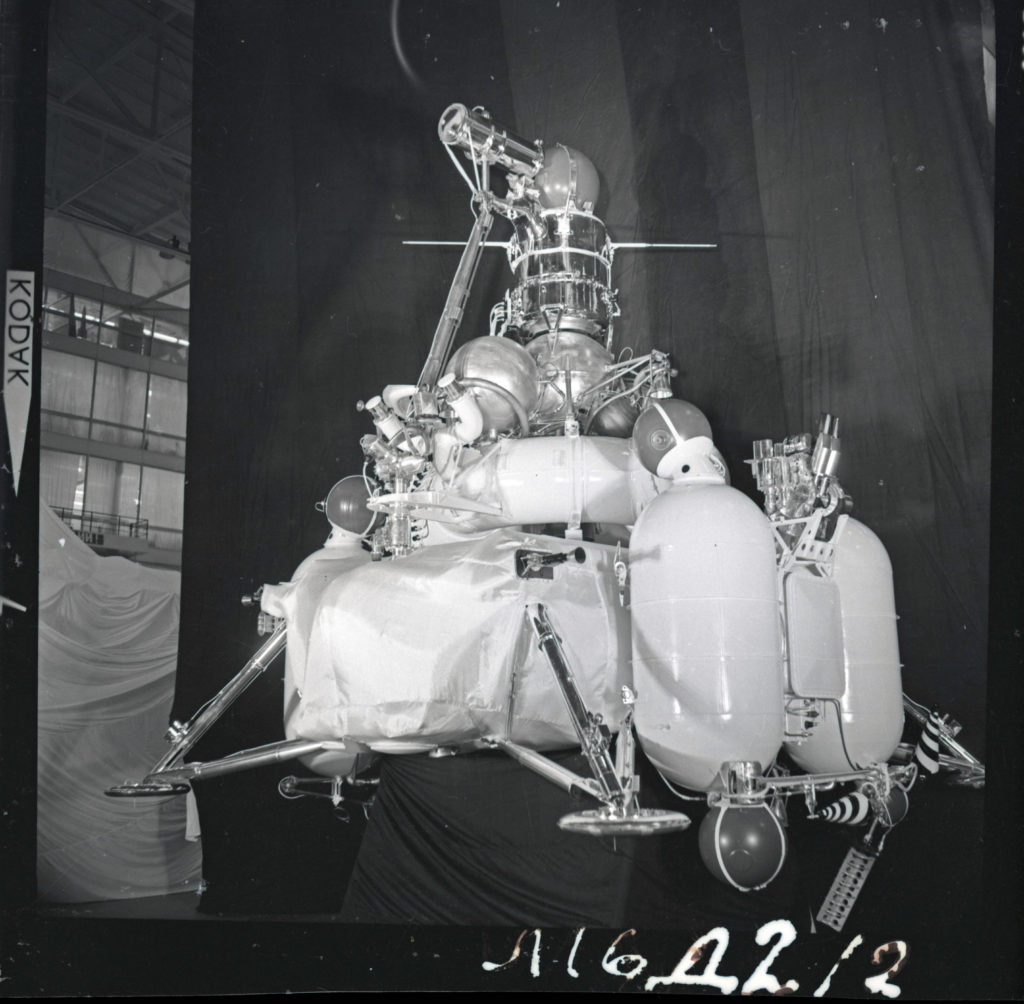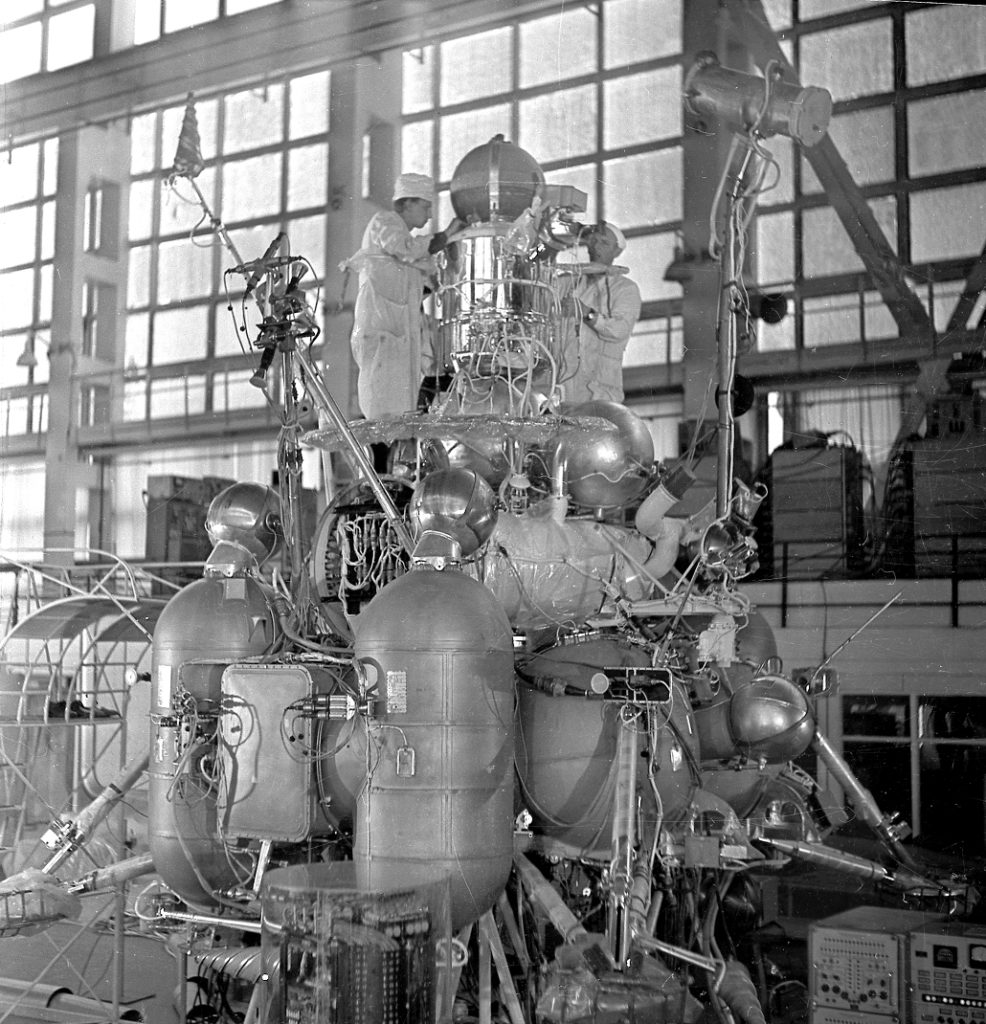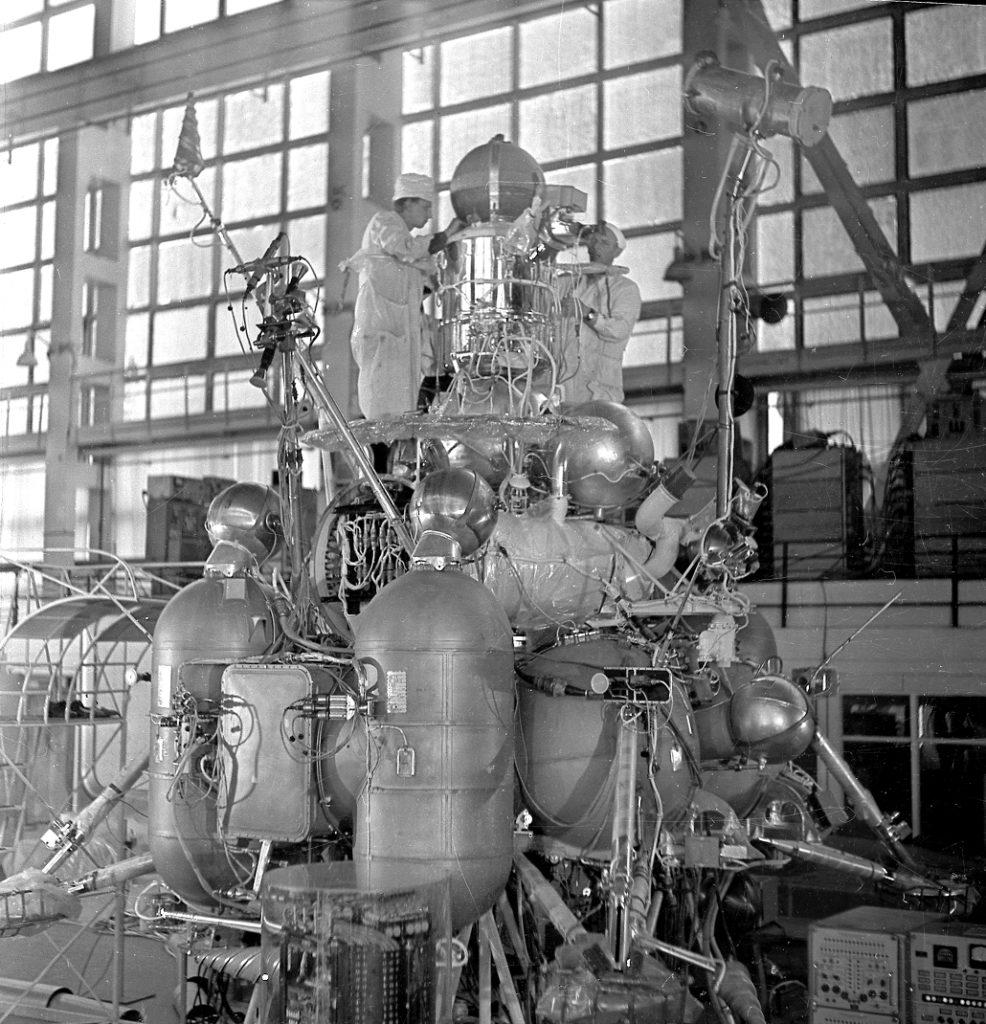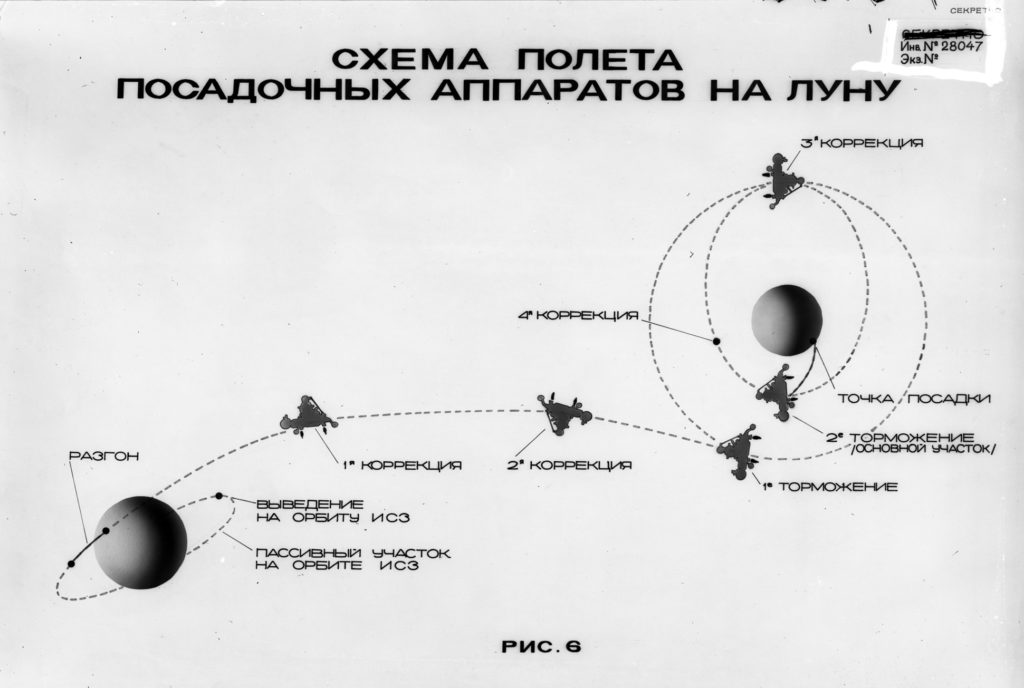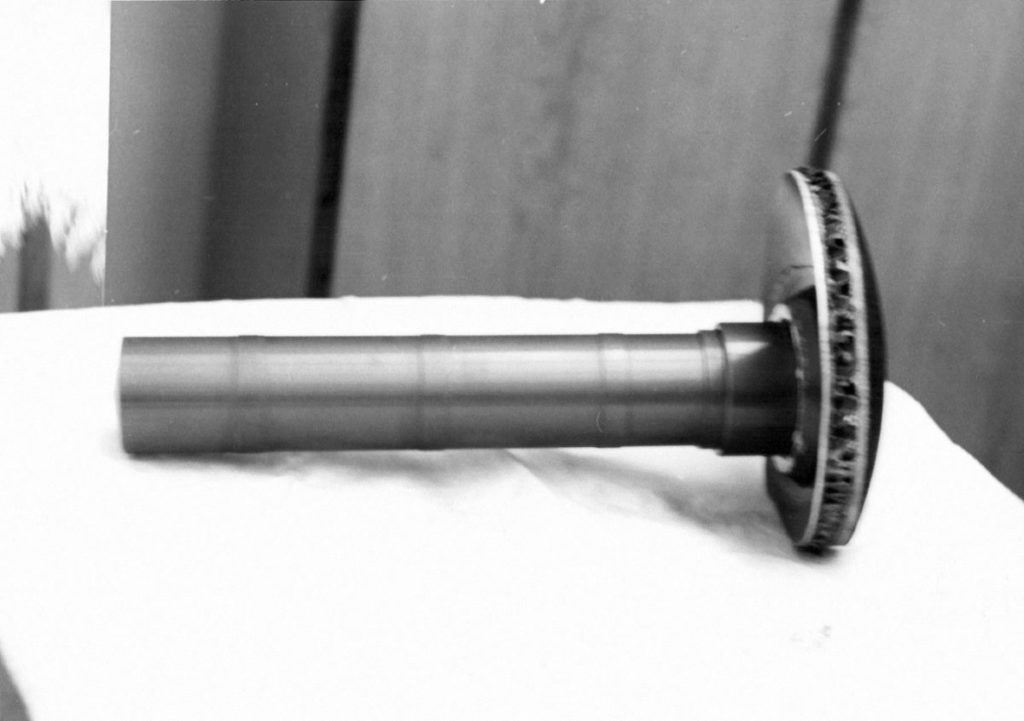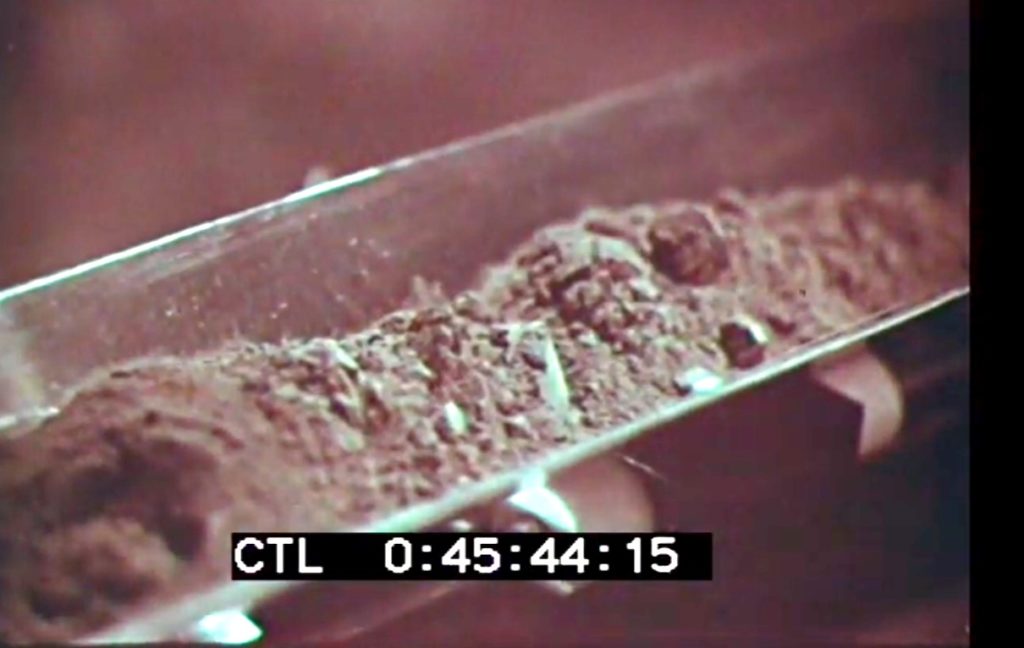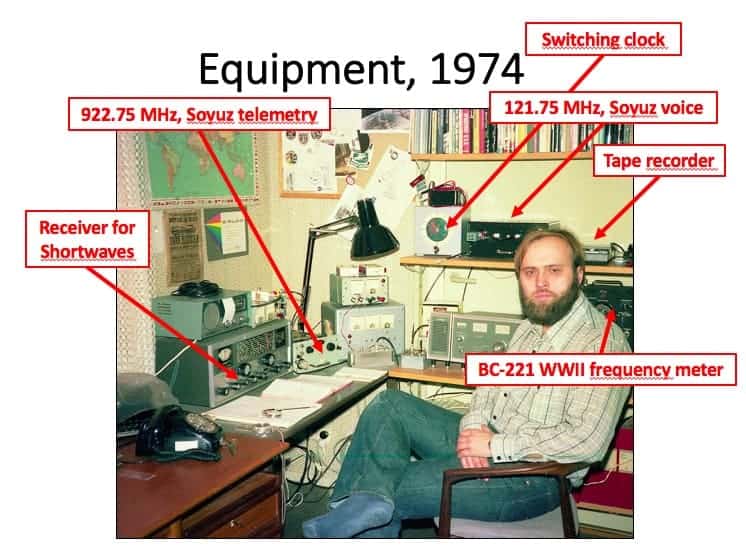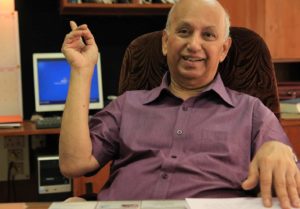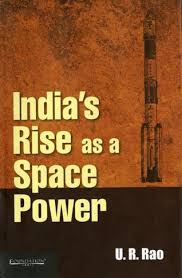On 24 September 1970, the USSR’s robotic sample return mission, Luna 16 returning 101g of Lunar Soil to Kazakstan from where it had departed for the Moon almost two weeks earlier. Following Apollo 11 in July and Apollo 12 in November 1969, Luna 16 was the third mission to return lunar sample to Earth.
On the 50th anniversary of Luna 16 parachuting down to Earth, documents, (in Russian but Google Translate does a pretty good job) videos, illustrations and photos were made public on 24th September 2020. Direct link to archive here. This was brought to my attention by the USSR/Russia and China space specialist and author Brian Harvey.
In total, the USA brought back 380kg of lunar soil and rocks in 6 crewed Apollo (11-12, 14-17) missions and the USSR, 301g in three robotic missions. Another 2kg is expected to be added to this tally. China’s Change’5 lunar sample return mission is due to launch in late November.
A summary of all the lunar sample return missions below.
The 3 part film “Rocket and space complex” 8K82K – E8-5 “tells of USSR’s robotic lunar program return programme.
Part 3
Lunar Sample return Missions
- September 1970 Luna 16 101g
- February 1972 Luna 20 30g
- August 1976 Luna 24 170
- Total 301g (USSR)
- July 1969 Apollo 11 22kg
- November 1969 Apollo 12 34kg
- January 1971 Apollo 14 43kg
- July 1971 Apollo 15 77kg
- April 1972 Apollo 16 94kg
- December 1972 Apollo 17 110kg
- Total 380kg (USA)
